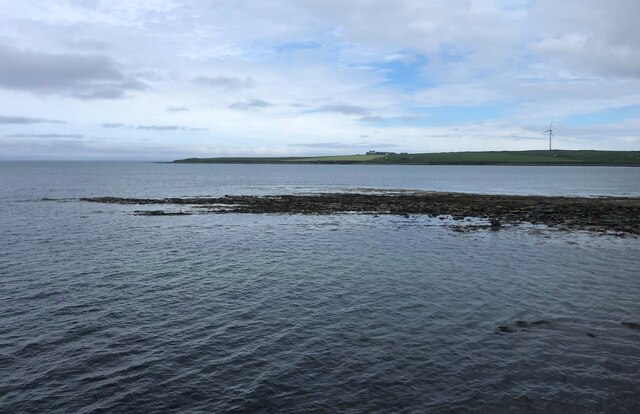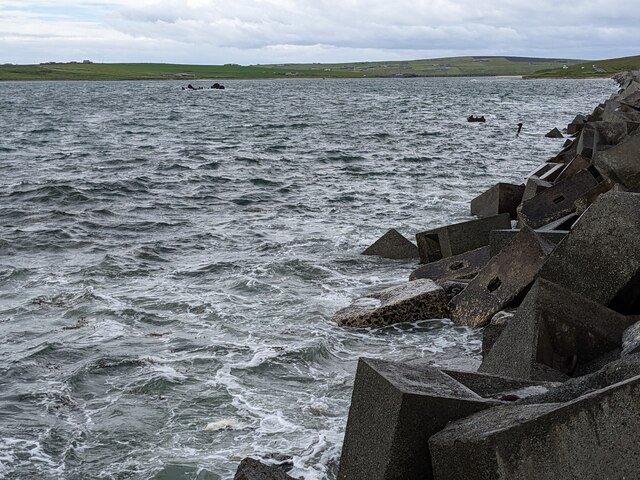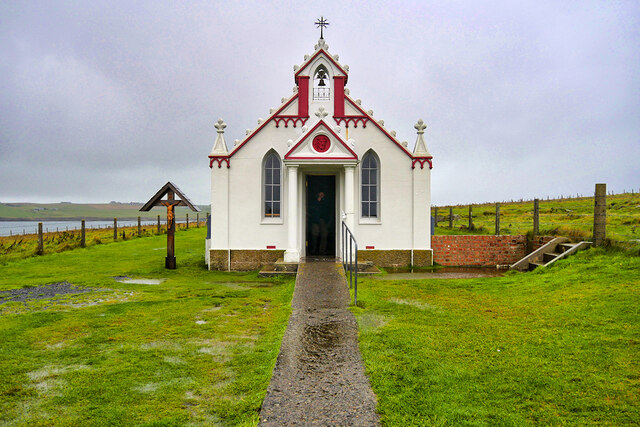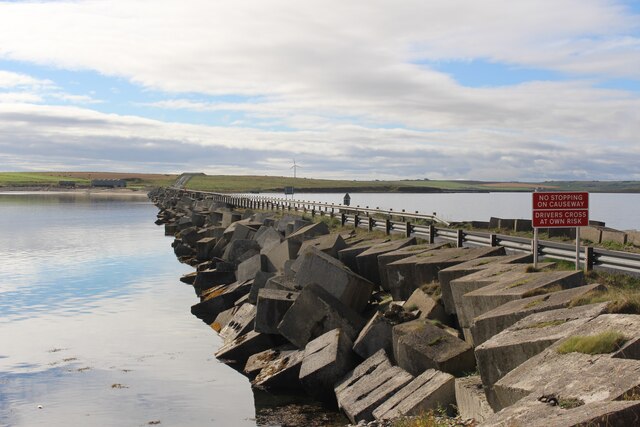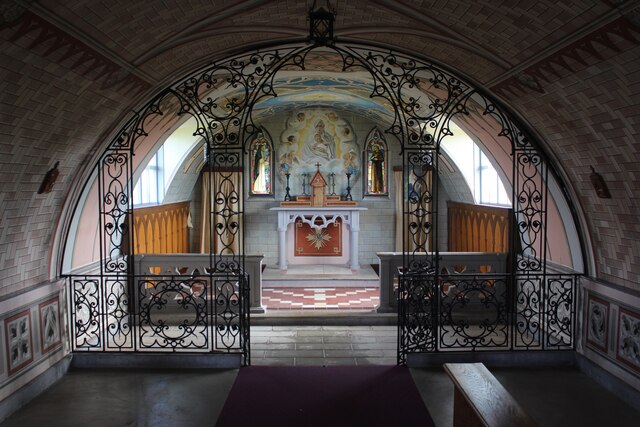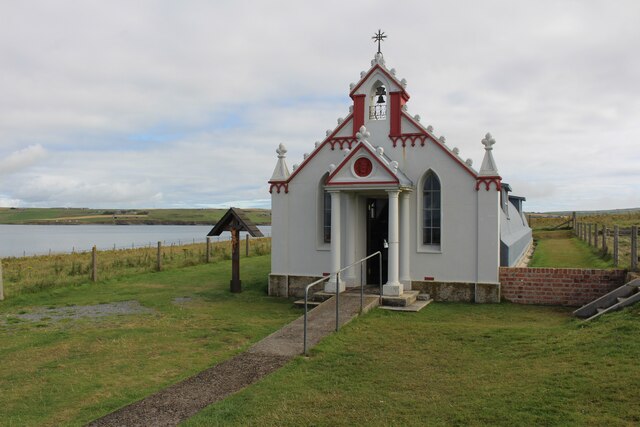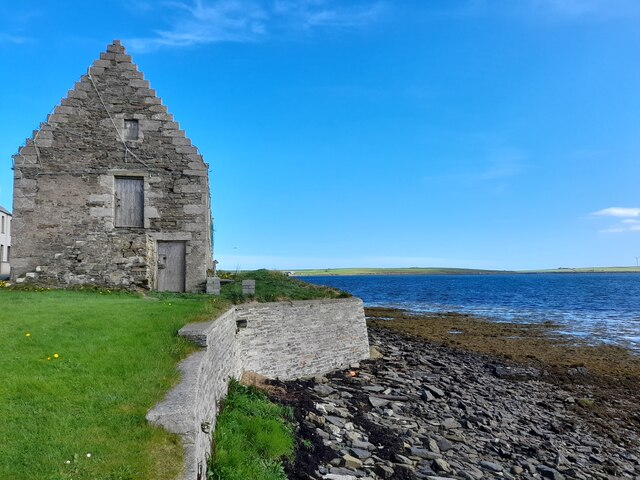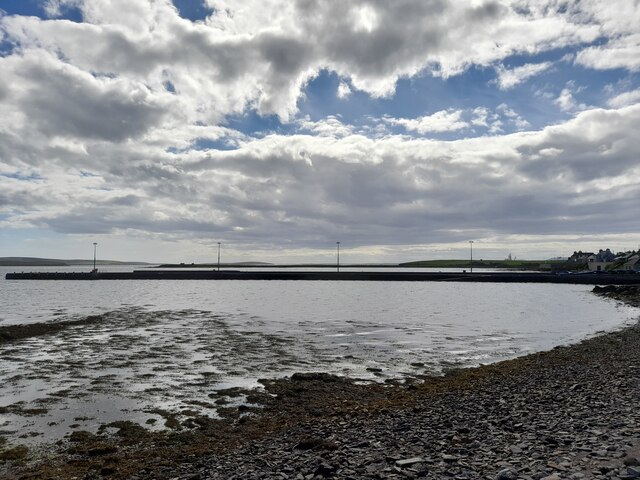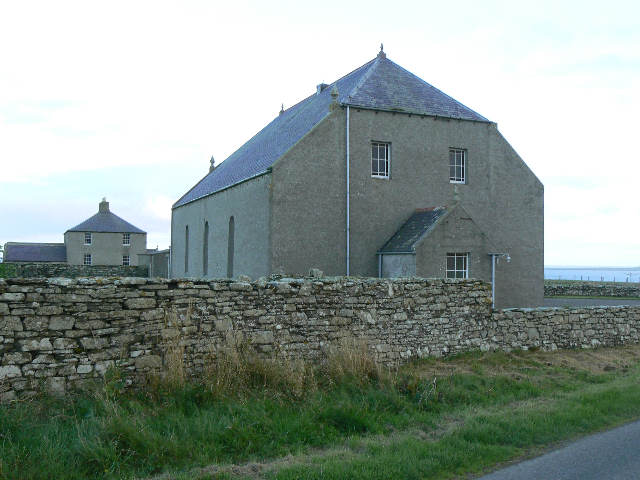Skeir a Lidda
Coastal Feature, Headland, Point in Orkney
Scotland
Skeir a Lidda
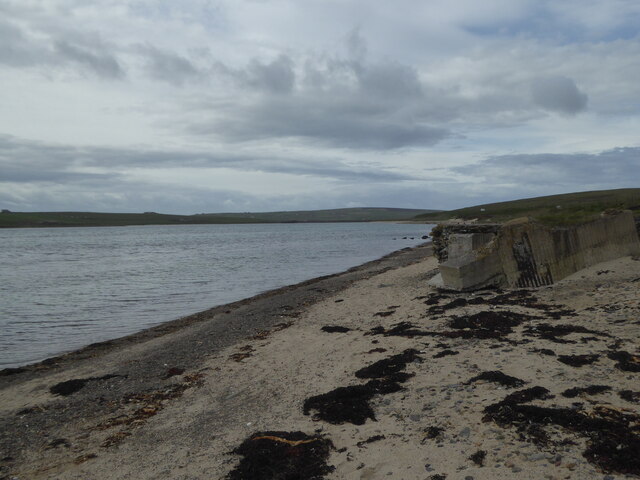
Skeir a Lidda is a prominent coastal feature located in the Orkney archipelago, off the northeastern coast of Scotland. It is specifically situated on the island of Orkney Mainland, near the town of Stromness. Skeir a Lidda is classified as a headland, also commonly referred to as a point or promontory.
Characterized by its rugged and dramatic cliffs, Skeir a Lidda offers breathtaking views of the surrounding sea and coastline. The headland is composed of sandstone and other sedimentary rocks, displaying distinct layers that provide a glimpse into the geological history of the region.
This coastal feature is known for its abundant birdlife, making it a popular spot for birdwatchers and nature enthusiasts. Various seabird species, such as guillemots, fulmars, and razorbills, can be observed nesting and foraging along the cliffs. Additionally, seals and dolphins are occasionally spotted in the waters surrounding Skeir a Lidda.
The name "Skeir a Lidda" is of Norse origin, reflecting the strong Norse influence in the Orkney Islands. It translates to "rock of the slope" in English, which aptly describes the headland's topography and its steep, sloping cliffs.
Skeir a Lidda is accessible to visitors via a coastal footpath, providing an opportunity for hikers and walkers to explore the area while enjoying the stunning natural beauty of the Orkney coastline. The headland is a significant landmark in the region, attracting both locals and tourists alike who seek to experience the rugged charm and rich wildlife that Skeir a Lidda has to offer.
If you have any feedback on the listing, please let us know in the comments section below.
Skeir a Lidda Images
Images are sourced within 2km of 58.895261/-2.9059374 or Grid Reference HY4701. Thanks to Geograph Open Source API. All images are credited.
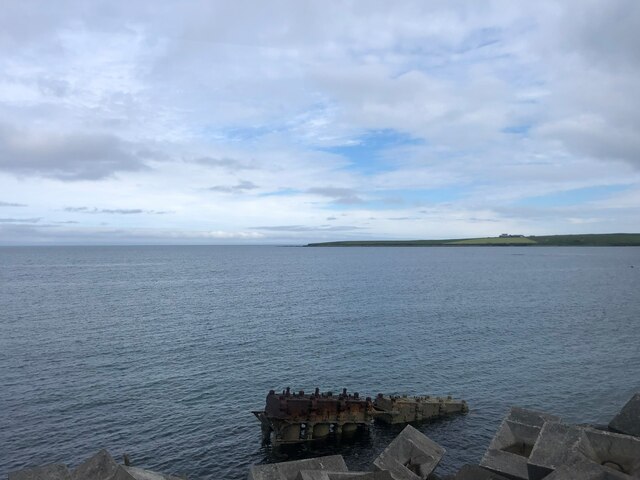
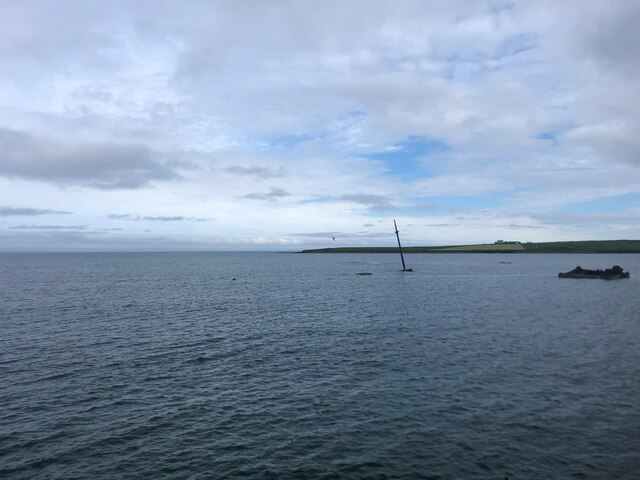
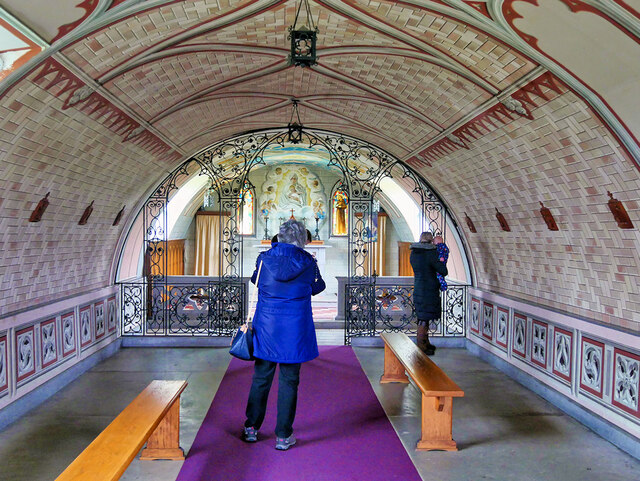
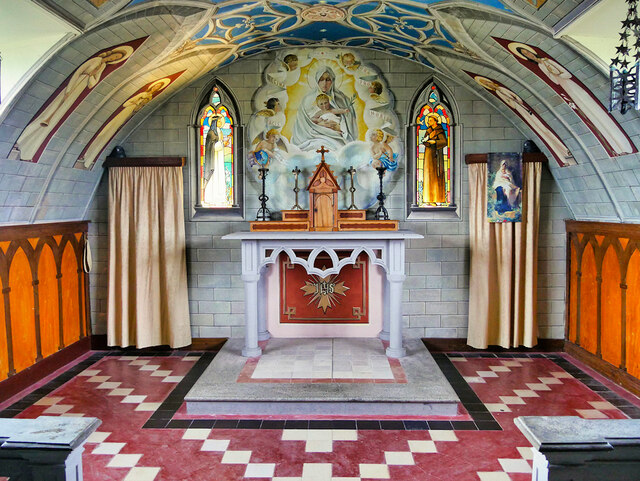



Skeir a Lidda is located at Grid Ref: HY4701 (Lat: 58.895261, Lng: -2.9059374)
Unitary Authority: Orkney Islands
Police Authority: Highlands and Islands
What 3 Words
///snap.scripted.cards. Near Holm, Orkney Islands
Nearby Locations
Related Wikis
Orkney F.C.
Orkney Football Club is a senior association football club from the Orkney Islands, Scotland. The club was founded in 2012 and competes in the North Caledonian...
St Mary's, Orkney
St Mary's (also known as St. Mary's Holm) is a small village in the parish of Holm on Mainland, Orkney, Scotland. It was originally a fishing port.Orkney...
Broch of Ayre
Broch of Ayre, also known as St. Mary's Broch, is an Iron Age broch in Orkney, Scotland. == Location == Broch of Ayre is found on the northern shore of...
Italian Chapel
The Italian Chapel is a highly ornate Catholic chapel on Lamb Holm in the Orkney Islands. It was built during World War II by Italian prisoners of war...
Lamb Holm
Lamb Holm is a small uninhabited island in Orkney, Scotland. The Italian Chapel, constructed during the Second World War, is the island's main attraction...
A961 road
The A961 is a single-carriageway road on the eastern side of Scapa Flow in the Orkney Islands, connecting the town of Kirkwall on the Orkney Mainland to...
Glimps Holm
Glimps Holm or Glims Holm (Old Norse: Glums Holm) is a small uninhabited islet in Orkney, Scotland. == Geography == Glimps Holm lies in Holm Sound, one...
Holm, Orkney
Holm (pronounced /hæm/ ), also spelled Ham, is a parish on Mainland, Orkney.An adjacent Sound, running between Mainland, and Burray, is named after Holm...
Nearby Amenities
Located within 500m of 58.895261,-2.9059374Have you been to Skeir a Lidda?
Leave your review of Skeir a Lidda below (or comments, questions and feedback).
